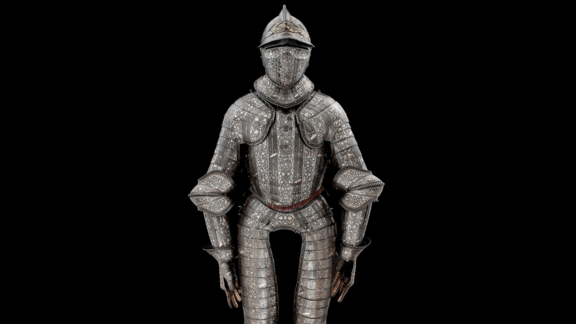
"Armour of the Dauphin"
"The Armour of the Dauphin" was made for Henry of Orléans, who was King of France under the name Henry II from 1547 to 1559. This armour is 1.79 m tall and weighs 19.7 kg. The weight tells us that it was intended for military use. The material used is blackened iron which has been damascened (inlaid with silver). Until 1797, this masterpiece was kept in the royal collections in the Garde-Meuble de la Couronne.
About the work
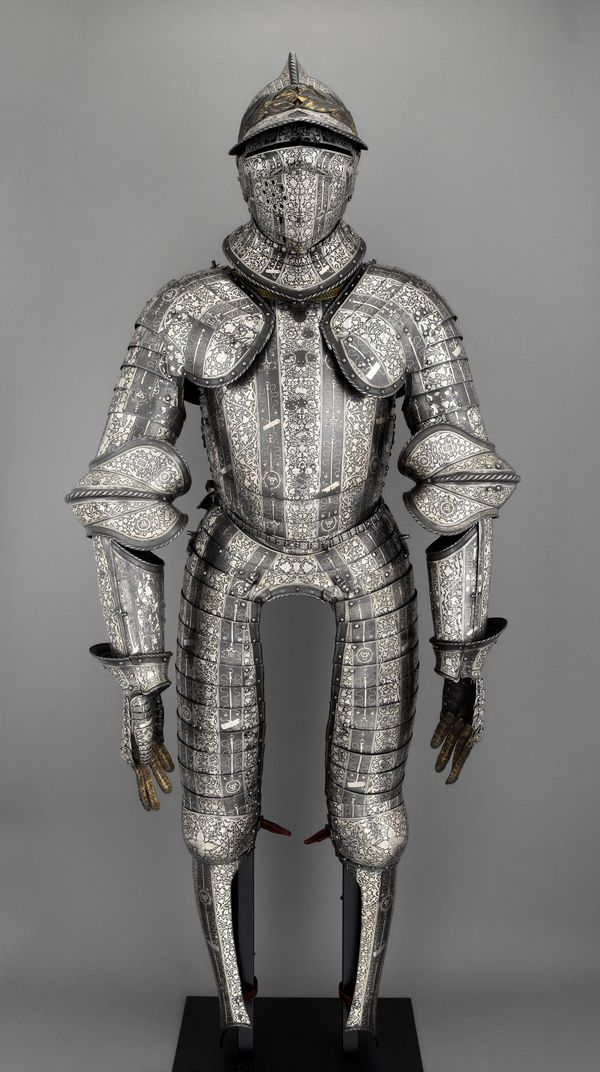
© musée de l'Armée (Dist. RMN-Grand Palais) photo Emilie Cambier
The armour is covered with rinceaux arranged in parallel lines. The alternating use of black and silver recreates the personal colours of Henry of Orléans.
Three intertwined crescent moons are repeated several times and resemble the emblem of the Valois.
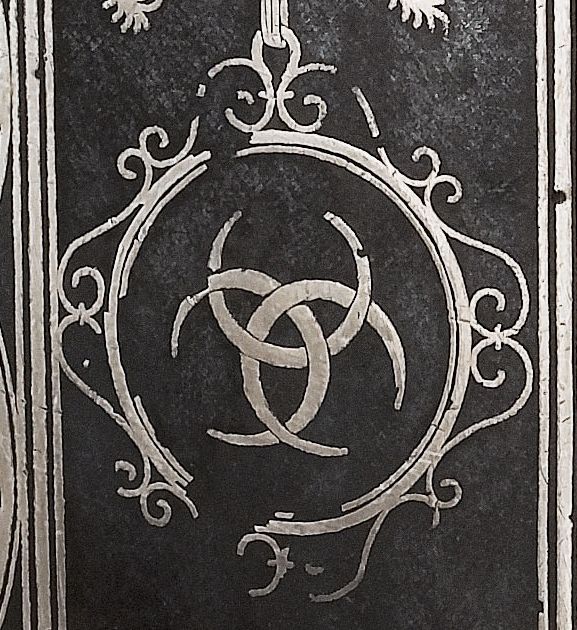
The decorations also include the monogram combining the letter "H" for Henry with "C" for Catherine de' Medici, his wife. It also forms a "D" for Diane de Poitiers, the Prince's favourite. The bow and quiver, attributes of the hunting goddess, may also be a reference to her.

The armour is decorated with dolphins ("dauphins" in French) facing each other.
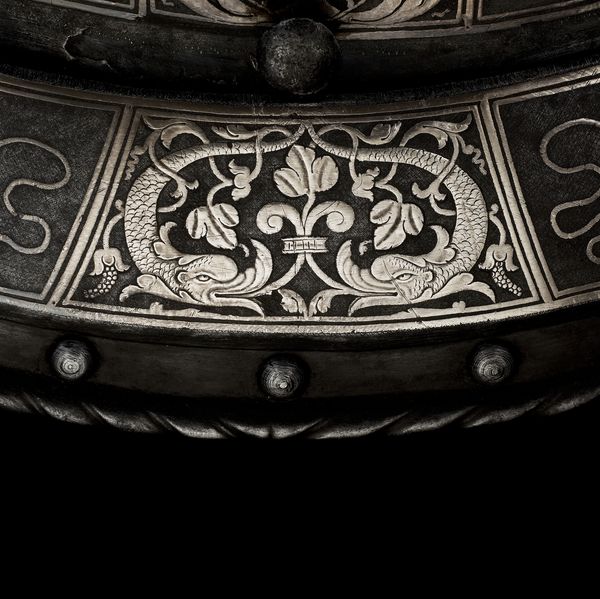
© musée de l'Armée (Dist. RMN-Grand Palais) photo Jean-Yves and Nicolas Dubois
As there is no royal crown on it, an analysis of these various elements allows us to place the armour somewhere between 1536, when the second son of Francis I became the heir presumptive, and 1547, the date of his ascension to the throne.
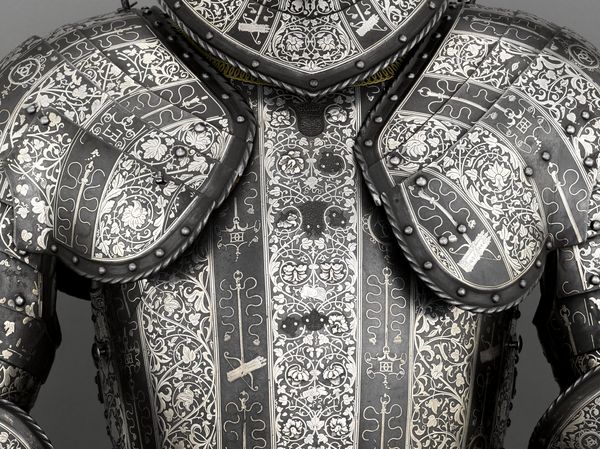
Two Milanese armourers probably shared the work on "The Armour of the Dauphin": Filippo (1510-1579) and Francesco Negroli (1522-1600), who specialised in damascening, of which this is a particularly remarkable example.
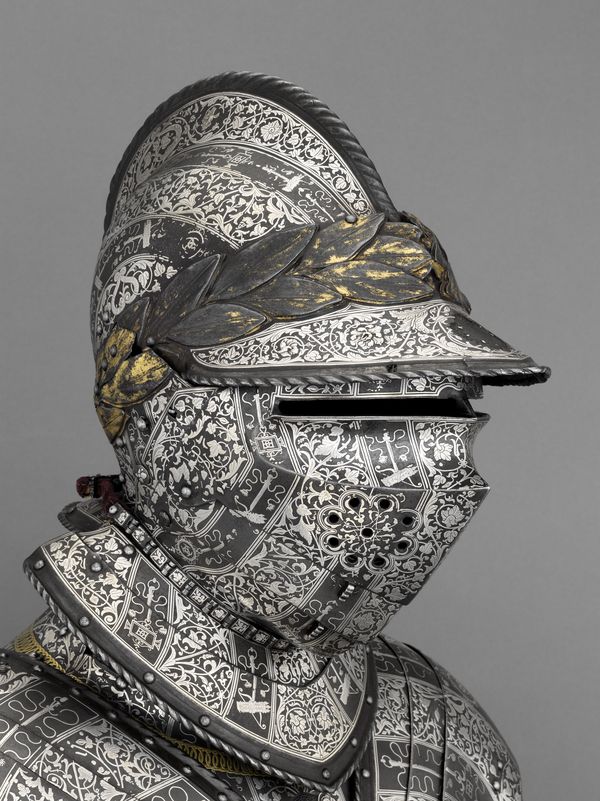
Label
Date : Circa 1540
Width : 0,78 m and Height : 1,75 m
Weight : 19,7 kg
Author : Filippo (1510-1579) and Francesco Negroli (1522-1600)
Inventory no. : G 118
Materials : Iron, silver, gold, leather and textile
Techniques : Damascene and gilding
History : The armour appears in the inventory of the French Crown's collections under number 375. In 1797, it was transferred to the Antiques cabinet at the Bibliothèque Nationale. Presented to the Musée des Souverains in 1852, it was then added to the collections of the Musée d'Artillerie in 1872.
Place of creation : Milan